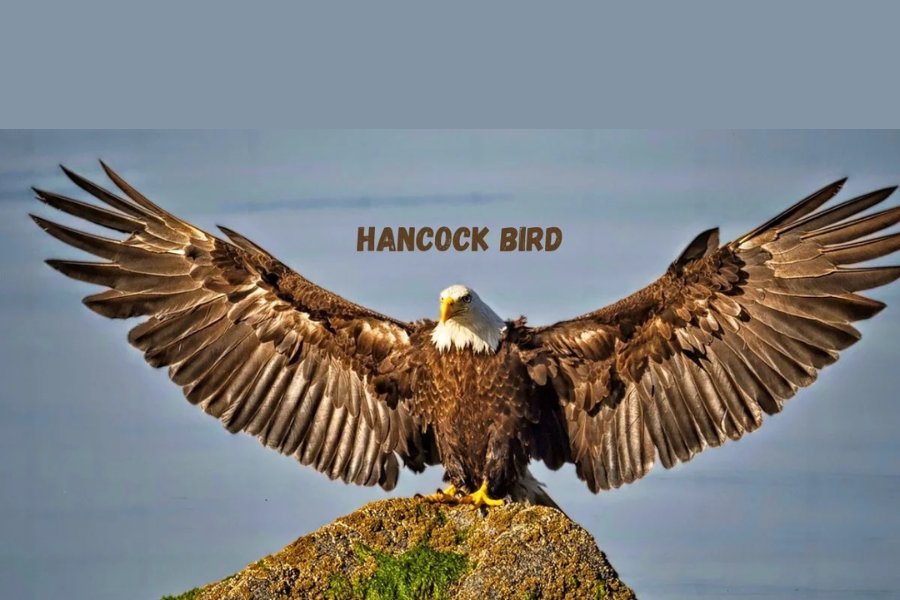type of bird hancock, an extraordinary species in the avian world, stands out due to its distinctive features and captivating behaviors. This article takes a deep dive into the various aspects of the Hancock Bird, uncovering the secrets of its habitat, physical characteristics, and social dynamics. Whether you’re an ornithologist, bird-watcher, or just someone intrigued by the wonders of nature, this exploration of the Hancock Bird promises to enlighten and inspire.
Habitat
The Hancock Bird is primarily found in specific regions of the world, each with its unique environmental conditions. Understanding its habitat is key to appreciating the bird’s way of life and its adaptability to various ecosystems.
Regions
Hancock Birds are native to diverse climates, ranging from lush tropical forests to temperate woodlands. They have adapted remarkably well to different environments, showcasing their versatility and resilience.
Nesting
The nesting habits of Hancock Birds are equally fascinating. These birds typically build their nests in secluded, elevated locations to avoid predators. The nest construction is a meticulous process, involving intricate weaving of twigs, leaves, and other natural materials.
Physical Characteristics
One of the most striking aspects of the Hancock Bird is its unique physical attributes. These characteristics not only aid in its survival but also contribute to its beauty and grace.
Plumage
The Hancock Bird’s plumage is a work of art in itself. The feathers come in a range of colors, from vibrant blues and greens to more subtle browns and grays. This colorful display is not just for show; it plays a crucial role in attracting mates and camouflaging with the surroundings.
Size
In terms of size, the Hancock Bird varies between species. Generally, they are medium-sized birds, with some species exhibiting more pronounced features than others. Their size contributes to their agility and ability to navigate through dense foliage.
Social Structure
The social dynamics of Hancock Birds offer a glimpse into their complex behaviors and interactions. Understanding their social structure is essential to appreciating their role in the ecosystem.
Hierarchy
Hancock Birds exhibit a structured social hierarchy within their flocks. Dominant individuals often lead, while others follow. This hierarchy is established through various behaviors, including vocalizations and displays of strength.
Communication
Communication among Hancock Birds is multifaceted. They use a combination of vocal calls, body language, and visual displays to convey messages. These interactions are crucial for maintaining social bonds and coordinating activities such as foraging and mating.
Diet
The diet of Hancock Birds reflects their adaptability and resourcefulness. They are omnivorous, consuming a wide range of foods that are available in their habitat.
Foraging
Hancock Birds are skilled foragers, using their keen eyesight and agility to locate food. They feed on a variety of items, including fruits, insects, and small animals. Their diet can vary depending on the season and the availability of food sources.
Feeding Behavior
The feeding behavior of Hancock Birds is characterized by their methodical approach. They often use their beaks to probe and pick food from various sources, showcasing their dexterity and precision.
Reproduction
Reproduction is a critical aspect of the Hancock Bird’s life cycle, involving complex rituals and careful parenting.
Mating Rituals
Courtship among Hancock Birds is a spectacular event. Males often perform elaborate displays to attract females, including intricate flight patterns and vocalizations. These rituals are essential for establishing pair bonds and ensuring successful reproduction.
Parental Care
Once a pair has mated, the responsibility of raising offspring is shared between both parents. They work together to build the nest, incubate the eggs, and care for the chicks. This cooperative effort is crucial for the survival and development of the young birds.
Conservation
Understanding the conservation status of Hancock Birds is vital for ensuring their continued existence. Various factors threaten their populations, necessitating concerted efforts to protect their habitats and address environmental challenges.
Threats
Hancock Birds face several threats, including habitat loss due to deforestation and climate change. Additionally, pollution and human encroachment pose significant risks to their survival.
Conservation Efforts
Efforts to conserve Hancock Birds involve habitat preservation, legal protections, and public awareness campaigns. Conservation organizations work to mitigate threats and ensure that these remarkable birds continue to thrive in their natural environments.
Conclusion
The Hancock Bird is a testament to the beauty and complexity of the natural world. From its distinctive plumage and intricate social structure to its varied diet and reproduction rituals, this bird captivates with its unique characteristics and behaviors. By understanding and appreciating the Hancock Bird, we gain insight into the intricate web of life that sustains our planet. Through ongoing conservation efforts, we can help ensure that future generations will also have the opportunity to marvel at this extraordinary avian species.
